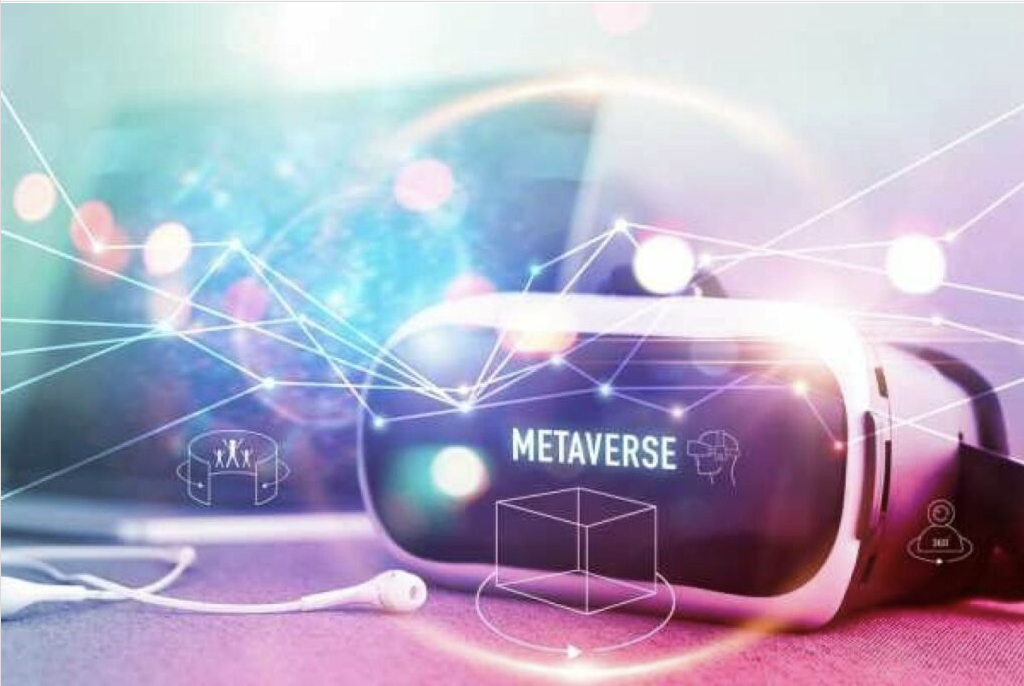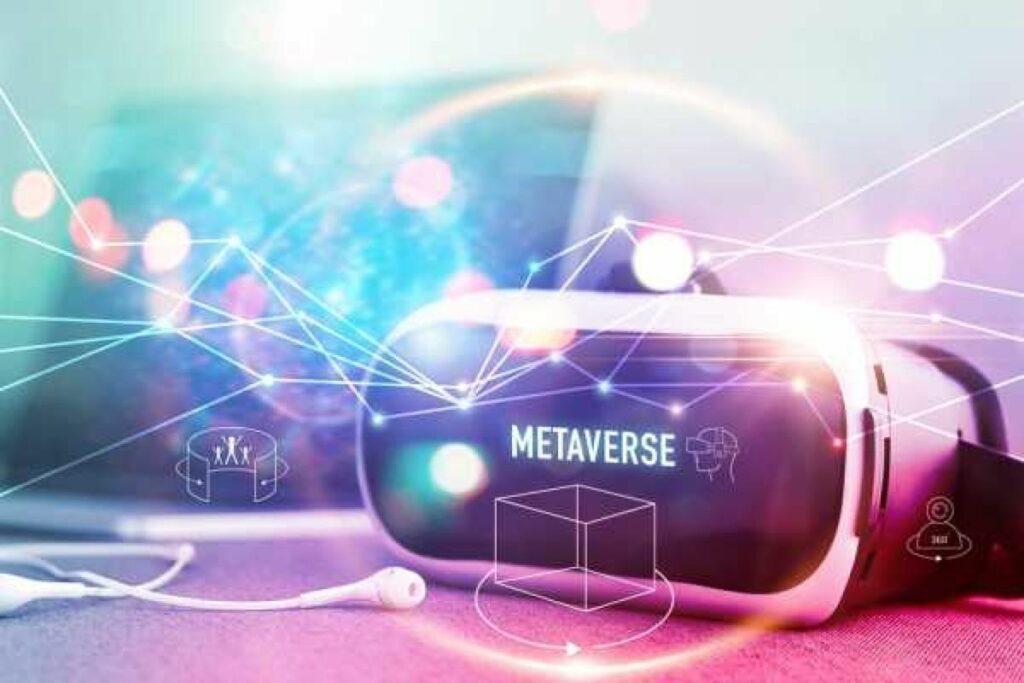The Metaverse misses a truly engaging user journey and is at risk of becoming another Second Life experience: a good looking digital space without any long lasting user appeal. In an earlier post we wrote about what needs to happen to combat this by combining Octalysis Gamification and the Metaverse.
So what if you actually manage to create a solid user journey based on Octalysis? How do you:
- make that journey stick?
- adjust it so that it works on the blockchain?
- create an internal Metaverse economy with the right rewards at the right time without bankrupting the project?
For that we need to craft an in-experience economy that is solid in engagement AND economic terms.
Find out below how to go about it.
Avoid boring economies in the Metaverse
Many economic models in the Metaverse are rather boring, linear affairs. Economies are created often characterized by rigid and extrinsic mechanics:
– Land for sale
– NFTs for sale
– Users staking tokens and receive a % return
– Gambling Mechanics: pay x for a chance to win y
– Taxing users on their transactions
– Entrance fees: only get access after buying a NFT for examples
There is nothing inherently wrong with any of these mechanisms (although the gambling part seems to be particularly not appreciated by players). What is missing though is that there is nothing to do for users around these mechanics.
Think about these experiences:
- You buy land and hold it.
- You get a NFT and wait for the price to rise.
- You stake tokens and wait for the lock period to end.
You get what we are trying to say here. Low long term engagement levels.
Instead, look at how you can give players active strategies on a daily basis to interact with the economy in the Metaverse.
This isn’t just about Play to Earn games like Axie Infinity, where players come back to combat other players and earn tokens. These games have inherent engagement in the play mechanics that makes it more fun for people to come back on a daily basis. At the same time, even Play to Earn games run the risk of a Gamification and Behavioral Science concept like the Overjustification Effect. This effect occurs when an expected external incentive such as money or prizes decreases a person’s intrinsic motivation to perform a task.
For Metaverses that do not involve playing, say, Minecraft to earn tokens, crafting an engaging economy is more tricky.
When The Octalysis Group designs experience economies we continuously ask ourselves: “Why would the user want to come back to this Metaverse on a daily basis? What Desired Actions do they need to do regularly in the economy to make the experience work (for users and for our clients)?
Key motivators to drive long lasting engagement in the Metaverse
Designing an economy in the Metaverse has many similarities to the economies The Octalysis Group has designed before. We need to ensure that there is a revolving Game Loop in which Desired Actions and Reward Mechanics and Schedules are perfectly aligned. For a primer on how to use game loops for a NFT project look at what has been done for Metablox.
The trick here is to ensure that extrinsic rewards (e.g. getting an investment return on a stake; or buying/selling a NFT or land) are deeply paired with intrinsic rewards. For these, we refer to the 8 Core Drives of Human Motivation. For example:
Give people the ability to strategize (Core Drive 3: Empowerment of Creativity and Feedback) to interact and build with these extrinsic mechanics. In addition, think of extending the ability to unlock more game content.
Design so that there is meaning social collaboration/interaction (Core Drive 5: Social Influence and Relatedness) around the assets.
Design so that there is plenty joyful surprises (Core Drive 7: Unpredictability and Curiosity) along the way without making users feel their are gambling all the time,
Connect a solid narrative to create meaning (Core Drive 1: Epic Meaning and Calling) so that assets like NFTs and land are connected to a higher purpose rather than just being an investment or a gamble. Alternatively donation to good causes adds an element of Meaning as well.
In our work we use detailed Game Loops and calculation spreadsheets (the Octalysis Gamification Battleplan) to ensure that all rewards (both extrinsic and intrinsic) form an engaging and closed ecosystem. Underlying all of this is the Octalysis Framework for Gamification design and Yu-kai Chou’s leading book for Metaverse engagement design Actionable Gamification.
How to Balance Delightful Experience with Tokenomics
Engagement is key as we have seen, but let’s not forget about the value of traditional economics either. An economy needs to be balanced to avoid inflation or massive deflation. It needs to balance user growth; tokenomics; land issuance; NFT mints and many other factors.
In the end, managing the economy is underpinned by Fisher’s classical Quantity Theory of Money:
MV = PT
M – The total money supply
V – The velocity of circulation of money. This also means that the average number of times a unit of money exchanges hands during a specific period of time.
P is the price level or the average price
T is the Total Output.
In Blockchain projects people often use the Buterin Model (as per the inventor of Ethereum: Vitalik Buterin)
MC = TH
M = total supply of tokens
C = price of the currency
T = transaction volume
H = the time that a user holds a coin before transacting (inverse of velocity, which is number of times that an average token changes hands every day)
In essence these theories hold that whenever the supply of tokens (issuance) goes up and the transaction volume stays constant, the price of a token will decrease.
So if we want to balance the economy and maintain some semblance of price stability, we need to balance token creation with adding more users or increasing the number of times that an average token changes hands every day.
Now, we don’t always want to have complete price stability, and in fact may want to see the price increase so that more people are willing to buy tokens. This can lead to higher ecosystem revenues and projects can decide to issue more tokens so that more users can become active. This is especially true in the early stages of the release of a new blockchain project.
Many projects are actually more concerned with inflation (token supply goes up and drives the price down) as it undermines the incentive for people to hold or stake their tokens. Therefore we often design for a range of sinks and faucets to help balance the economy.
Some good examples of sinks to control inflation used in games:
- Create new Utilities: spend currency on avatars, mounts
- Design and release Rare Collectibles: collect Legendary items
- Create Gamble Mechanics
- Taxes on Trade and Land
- Crafting: forge two elements into a new upgraded one for a token fee
- Staking, rotating High-Velocity Cash to Consumables/Items: lock up value for a payout at later stage/ burn currency on temporary boosters
- Unlock more Game Content: pay to unlock game content before other users or pay into a collective pool
- Donations/Events: create Season Passes for entering events.
Metaverse economies: the New Frontier
Web3 creates totally new additional opportunities to produce organic sinks and mechanisms to balance out the Metaverse economy. Here are some examples:
- New/User created content like maps, land, in game token-gated communities/DAOs.
Since the Metaverse can be a highly decentralized space, users can be given the ability to create their own sub-spaces with their own community tokens based on the main tokenomics of the particular Metaverse project.
Web 3 allows users monetization through secondary sales and taxes on core infrastructure. They have strong incentives to seed new content and player creations which in turn creates organic demand for their ecosystem tokens. - Community-based Burn Mechanisms
Think of ways on how to allow users more power or access if they stake their tokens or even pay a recurring fee for those rights. Or charge a small fee to cooperate with or combat versus other players (Axie Infinity does this) - Collect usage fees for key Metaverse infrastructure.
If a Metaverse has its own token, token marketplace, and token exchange, it can charge a small (gas) fee for the use of this infrastructure. Be careful not to set this fee too high as it is basically an extra tax, which users will resent if applied too heavily.
In our work with Metaverse projects, we are creating new Web3 game mechanics every week so the above is just an example. As long as the blockchain technically (in accordance with the underlying smart contracts constraints) allows it, we can become very creative in finding the mechanics that save the economy as well as create high engagement.
Design your Metaverse (economy) with The Octalysis Group
Creating an engaging user journey in the Metaverse is key to its survival. Without an experience that drives people to the Metaverse regularly, and keeps them engaged for the long term, the whole concept is at risk.
Many companies are jumping on the Web3 and Metaverse bandwagon. Those that nail the experience economy will survive and thrive. Those that don’t will fail.
Once you have attracted users you also need to think about how to balance the full economy to balance out user growth, issuance growth, price, and velocity. The above may lead you in your first steps, but these are just guidelines. If you need a truly engaging and economically sound Metaverse economy, give us a shout and we will gladly see how we can be of service.





